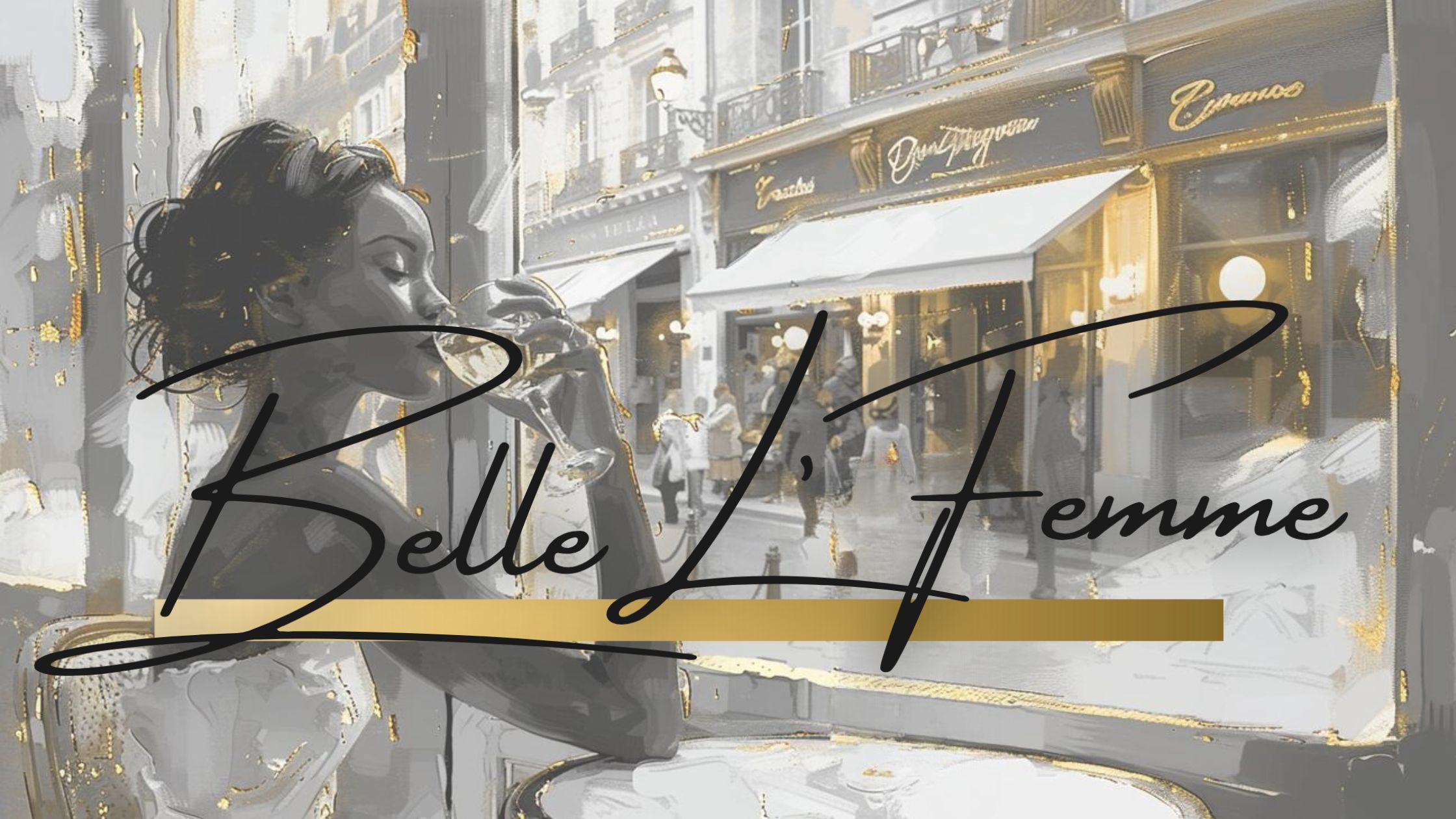
Pablo Picasso remains one of the most revered artists of the 20th century. His groundbreaking Cubist paintings revolutionized modern art and profoundly influenced generations of artists. However, in recent years, Picasso’s legacy has come under scrutiny. New evidence reveals that some of Picasso’s most famous works were heavily inspired by African art – yet the artist denied this influence. Was Picasso an artistic genius or a plagiarist who failed to give credit where credit was due?
influenced generations of artists. However, in recent years, Picasso’s legacy has come under scrutiny. New evidence reveals that some of Picasso’s most famous works were heavily inspired by African art – yet the artist denied this influence. Was Picasso an artistic genius or a plagiarist who failed to give credit where credit was due?
Picasso’s Rise to Fame
Born in Spain in 1881, Pablo Picasso first gained fame as a leading artist of the Cubist movement in the early 1900s. Cubist artworks featured geometric shapes, fragmented subjects, and multiple perspectives. Picasso produced renowned Cubist paintings like “Les Demoiselles d’Avignon” and “Three Musicians” during this period. He became internationally renowned as a visionary modern artist who had invented a bold new style.
Denying African Influence
While Picasso was inspired by African tribal masks and sculptures, he famously denied their influence on his work. When asked about “Negro art”, Picasso replied, “L’art nègre? Connais pas” – I don’t know anything about it. Yet, it is now evident that African art significantly shaped the inception of Cubism. Why did Picasso deny this influence so adamantly?
Striking Similarities
Detailed analysis reveals undeniable similarities between specific African artworks and Picasso’s paintings. The blurred faces and geometricized forms in “Les Demoiselles d’Avignon” closely resemble traditional masks from the Dan and Fang tribes. More controversially, some of Picasso’s analytic Cubist works look nearly identical to traditional sculptures from Tanzania’s Makonde people. While inspiration from other cultures often leads to innovation, Picasso’s reproductions appear to cross the line into plagiarism.
No Credit Given
Picasso gave no credit to the African artists who had developed these styles and techniques over centuries. The artists who carved abstract Makonde sculptures – long before the advent of Cubism – remained anonymous and unrecognized. Picasso became world famous for supposedly inventing a new modern art genre, even though African tribal artists had been working in a similar manner for generations. This raises troubling questions about cultural appropriation and stolen legacy.
Lasting Impact
While Picasso refused to admit African influence, his Cubist works undeniably brought global attention to African art and sculptural traditions. Interest in African masks and carvings surged in the early 1900s among collectors and artists like Picasso himself. However, the African artists received no recognition or profit from this popularity. They remained oblivious as their unique artistic styles were copied and popularized halfway across the world.
Conclusion
Picasso’s artistic brilliance remains undisputed. His Cubist revolution opened new creative doors for 20th century art. However, his denial of African inspiration reflects problematic colonial attitudes of the era. Studying Picasso’s relationship with African art can teach us important lessons about cultural exchange, plagiarism, and giving credit where it’s due – lessons we are still learning and debating today. While Picasso’s paintings awed the world, we must not forget the anonymous African artists who inspired his greatest works.





